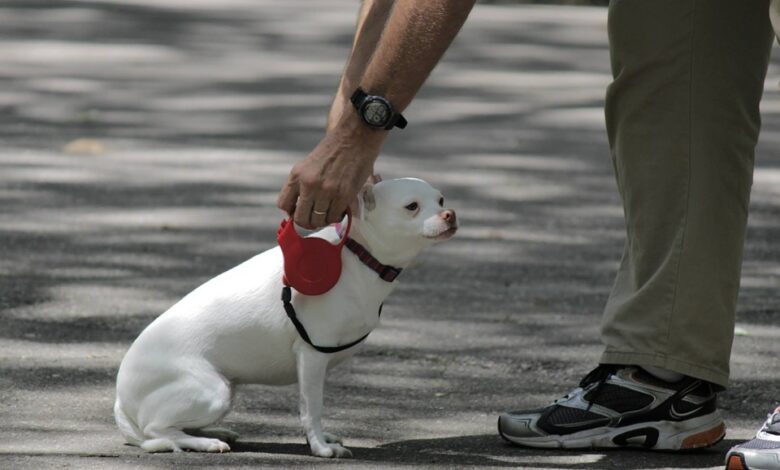Leash Safety Tips: Prevent Accidents And Ensure Secure And Enjoyable Walks With Your Dog

Taking your furry friend for a walk is a delightful experience for both you and your pet. However, it’s crucial to prioritize safety during these outings to prevent accidents and ensure an enjoyable time for all.
In this comprehensive guide, we’ll provide you with valuable leash safety tips that will not only keep your dog secure but also help you establish a strong and positive walking routine.
- Choose the Right Leash
To select and buy leash is the first step towards ensuring a safe walk. Opt for a sturdy leash made of durable materials like nylon or leather. Make sure it’s the right length, offering enough freedom for your dog to explore while maintaining your control.
- Proper Fit is Key
Ensure that the leash fits your dog comfortably. It should be snug but not too tight, allowing your pet to move naturally. Avoid leashes that are too long, as they can lead to tangles or accidents.
- Invest in a Quality Harness
Using a harness alongside a leash can provide added security, especially for dogs that tend to pull or have respiratory issues. A well-fitted harness distributes pressure evenly, reducing the risk of injury.
- Regularly Check for Wear and Tear
Inspect your leash for any signs of wear and tear. Weak spots or frayed edges can lead to unexpected breakage, putting your dog in danger. Replace any damaged leashes promptly.
- Practice Proper Holding Techniques
Hold the leash firmly but not too tightly. This allows you to maintain control without causing discomfort to your pet. Avoid wrapping the leash around your hand or fingers, as this can lead to injury if your dog suddenly pulls.
- Choose the Right Environment
Select walking routes that are safe and suitable for your dog’s size and temperament. Avoid busy streets and opt for parks or quiet neighborhoods whenever possible.
- Maintain Awareness of Your Surroundings
Stay vigilant during walks. Be aware of potential hazards such as oncoming traffic, cyclists, or other dogs. Anticipate your dog’s reactions and be prepared to react swiftly if needed.
- Use Visual Cues
Teach your dog visual cues like hand signals or commands for stopping, starting, or changing direction. This enhances communication and ensures a smoother, safer walk.
- Practice Recall Commands
A reliable recall command can be a lifesaver in an emergency situation. Consistent training in a secure environment will help ensure that your dog responds promptly when called.
- Gradual Exposure to New Environments
Introduce your dog to new environments slowly. This helps them acclimate and reduces the likelihood of them becoming overwhelmed or anxious, which could lead to unpredictable behavior.
- Establish a Routine
Dogs thrive on routine. Consistency in the timing and length of your walks helps your pet know what to expect, making them more comfortable and less likely to become anxious or overexcited.
- Be Mindful of Weather Conditions
Extreme weather, be it scorching heat or freezing cold, can pose risks to your pet. Ensure your dog is appropriately protected with suitable clothing or adjustments to the walking schedule.
- Avoid Retractable Leashes in High-Traffic Areas
While retractable leashes offer flexibility, they can be risky in crowded or high-traffic areas. Stick to a standard leash for better control and safety.
Conclusion: Walks Filled with Joy and Safety
By following these safety tips, you’re not only preventing accidents but also creating a positive and secure walking experience for both you and your beloved pet. So remember and buy leash with the right equipment, maintaining awareness, and providing consistent training are the pillars of a safe and enjoyable walk. So gear up, leash up, and embark on memorable adventures with your furry companion!





